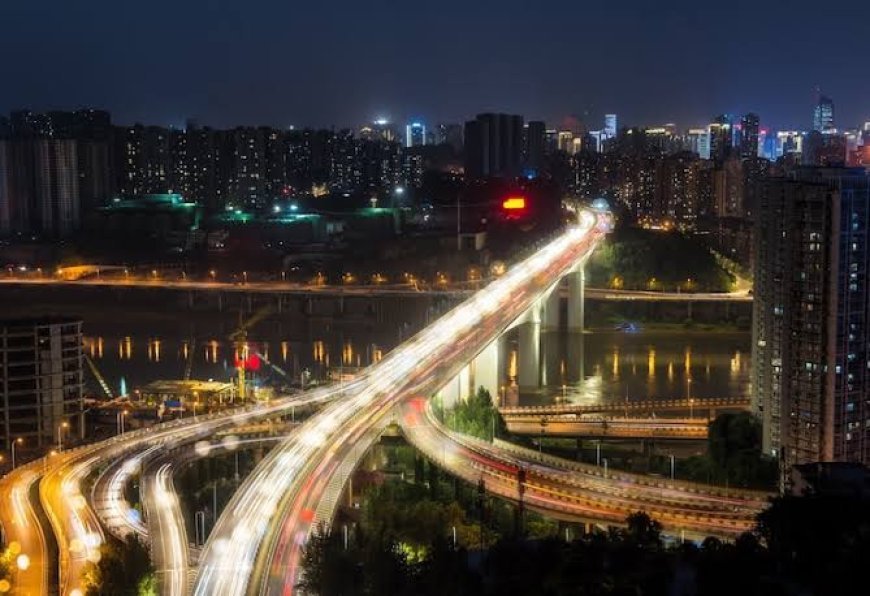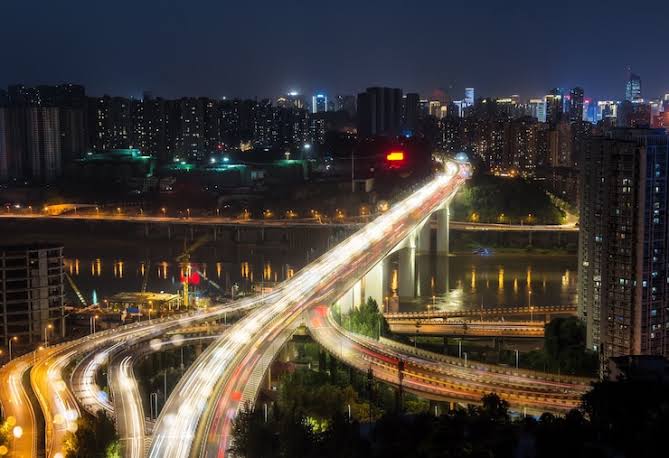North Korea Shocks the World: Foreign Tourism Halted at Kalma Beach Resort – What’s Behind the New Decision?


North Korea has unexpectedly suspended the entry of foreign tourists to the newly opened Kalma Beach Resort area on its east coast, a decision that has raised questions within the international community. This announcement was made public through the DPR Korea Tour website, operated by the North Korean National Tourism Administration, which serves as the country’s official tourism promotion platform. The website shared this news on Friday without providing a clear explanation for the suspension of foreign tourists, leaving many to speculate about the reasons behind this abrupt policy change.
Kalma Beach Resort: The New Tourist Destination
The Kalma Beach Resort, located in the coastal city of Wonsan, was initially introduced as a major new tourist attraction in North Korea. The beach resort was officially launched on July 1, 2025, and had been heavily promoted as an exciting destination open to both domestic and international visitors. North Korea had hoped the resort would bolster the country’s tourism industry by attracting foreign tourists, particularly from Russia and China, who had historically been more open to visiting the isolated nation.
The resort is part of a broader effort by North Korea to open up certain areas to tourism, aiming to generate revenue and foster international connections. The Kalma Beach Resort was particularly highlighted as one of the nation’s most ambitious projects in recent years, promising modern facilities and scenic views of the East Sea of Korea. Early reports about the resort indicated that it would provide visitors with a rare opportunity to experience North Korean coastal tourism in a controlled and government-approved setting.
The Sudden Suspension: What Happened?
Despite the initial optimism surrounding the Kalma Beach Resort’s opening, the suspension of foreign tourist access to the resort area has raised more questions than answers. The DPR Korea Tour website, which had been promoting the resort just days before the suspension, made a brief announcement stating that the coastal tourist zone in Wonsan would temporarily not be receiving foreign visitors. No specific reasons for this decision were provided, and the notice did not indicate how long the restriction would last.
This lack of information has sparked a variety of theories regarding the cause of the sudden suspension. One possibility is that the decision was influenced by practical issues that became evident shortly after the resort’s opening. The brief operation period may have highlighted challenges such as low demand for international tourism, operational difficulties, or even logistical challenges that were not initially anticipated. As North Korea is known for its tightly controlled environment, any fluctuations in international interest could have led the regime to take immediate measures to manage the situation.
Possible Financial and Logistical Concerns
The high cost of visiting North Korea, including the Kalma Beach Resort, is often cited as one of the key barriers for foreign tourists. A report by the British Broadcasting Corporation (BBC) indicated that a weeklong trip to North Korea, which includes four days at the Kalma Beach Resort, could cost up to US$1,800. This amount is nearly 60% of the average monthly salary of Russian workers, making the trip unaffordable for a large portion of the potential tourist market.
This price point has led many to question whether the high cost of trips to North Korea, and specifically to the Kalma Resort, has deterred tourists. The economic realities for many would-be visitors could have made the resort less attractive than originally expected. While the resort was initially seen as an exclusive destination, the lack of affordable options may have restricted its appeal to a narrow group of high-income tourists, particularly given the general economic difficulties faced by many countries.
Russian Tourists: A Key Market for the Resort
Before the suspension, the Kalma Beach Resort was particularly targeting tourists from Russia, a country with more frequent diplomatic and trade relations with North Korea. Russia’s Tass news agency had reported that a group of Russian tourists had planned to visit the resort in early July. The emphasis on Russian visitors was part of North Korea’s broader strategy to cultivate ties with neighboring countries and attract tourists from regions where political relations were less strained. The resort’s promotional material had also been shared with Russian travel agencies, signaling the country’s hopes for a strong flow of Russian tourists.
This focus on Russian tourists was underscored by the high-profile meetings that took place in the resort area just weeks after the launch. North Korean leader Kim Jong-un and Foreign Minister Choe Son-hui met with Russian Foreign Minister Sergei Lavrov in the Kalma Beach Resort area during his visit to North Korea. These diplomatic discussions at the resort underscored the importance of the project as a symbol of growing ties between North Korea and Russia.
However, despite these efforts, the abrupt suspension of foreign tourist entry to the resort suggests that the expected demand from foreign visitors, particularly from Russia, may not have materialized as anticipated. If foreign tourism to the resort did not meet the expectations set by the North Korean government, the regime may have been forced to act swiftly to address the situation.
The Regime’s Potential Response to Lower Than Expected Tourist Demand
It is possible that the North Korean government, after assessing the initial influx of foreign tourists to the Kalma Beach Resort, concluded that demand was lower than expected. In an effort to manage this, the regime may have decided to temporarily halt foreign tourist entry until adjustments could be made to better align with the market’s realities. This decision could reflect the government’s ongoing efforts to balance its desire to promote international tourism with the need to maintain control over the flow of visitors and the country’s image on the global stage.
Moreover, it is also conceivable that the regime may have identified operational or infrastructural challenges that needed to be addressed before foreign tourists could be allowed back into the resort area. Given the secrecy that often surrounds North Korean government decisions, these issues might never be fully disclosed to the public.
The Impact on North Korea’s Tourism Industry
The suspension of foreign tourism to the Kalma Beach Resort highlights the challenges faced by North Korea’s tourism industry, which has long been viewed with skepticism by international travelers. Despite the government’s efforts to attract foreign visitors, the country’s reputation for isolation, limited infrastructure, and strict regulations has made it a difficult destination for many would-be tourists. The pandemic, political tensions, and ongoing sanctions have also impacted the flow of foreign tourists into North Korea in recent years.
Tourism, however, remains a key part of North Korea’s strategy to generate revenue and improve its international image. By opening up certain areas to foreign visitors, such as the Kalma Beach Resort, North Korea hoped to show a more modern and accessible side of the country. The temporary suspension of foreign tourists to the resort raises questions about the viability of this strategy and whether the regime will continue to pursue tourism as a major economic sector.
The Future of Kalma Beach Resort and North Korea’s Tourism Strategy
The future of the Kalma Beach Resort remains uncertain. While the temporary suspension of foreign tourists could be a response to immediate operational issues or low demand, it could also signal broader difficulties in North Korea’s efforts to develop a sustainable tourism sector. For now, it remains unclear when or if the resort will reopen to foreign visitors, and how the government will adapt its strategy in response to the challenges it faces.
The situation at the Kalma Beach Resort could serve as a reminder of the difficulties that many countries face when attempting to open up tourism in a controlled environment, particularly one like North Korea, where access is tightly regulated. Whether North Korea will be able to overcome these challenges and eventually succeed in attracting a larger number of foreign tourists will depend on how the regime addresses the issues of affordability, infrastructure, and international perception in the future.
Conclusion: Uncertainty Surrounding North Korea’s Tourism Aspirations
In conclusion, the sudden suspension of foreign tourists at North Korea’s Kalma Beach Resort underscores the complexities and challenges involved in opening the country to international visitors. While the resort was initially promoted as a symbol of North Korea’s efforts to modernize its tourism industry, the abrupt decision to restrict access raises questions about the long-term viability of such projects. Whether these issues are temporary or indicative of deeper challenges in North Korea’s tourism strategy remains to be seen. For now, foreign tourists will have to wait for further developments before being able to visit this once-promising new destination.
The post North Korea Shocks the World: Foreign Tourism Halted at Kalma Beach Resort – What’s Behind the New Decision? appeared first on Travel And Tour World.






